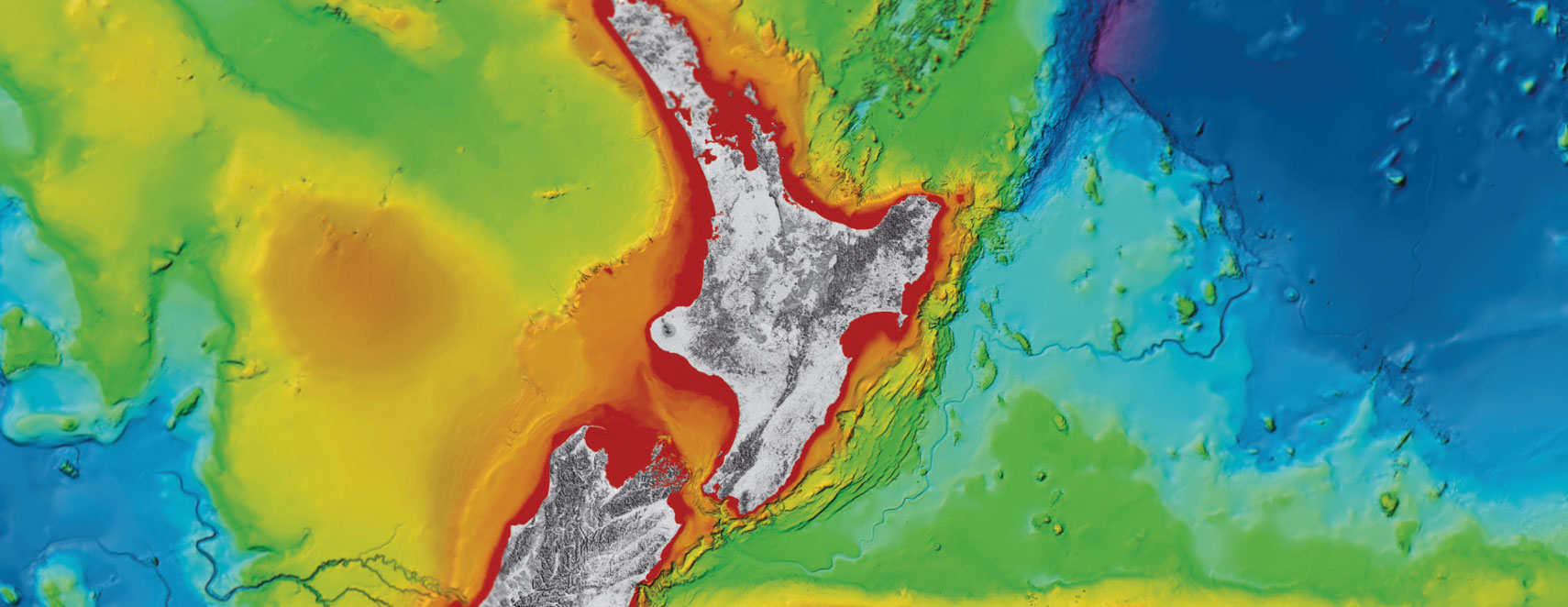
Virtual field trips bring natural hazards into classrooms

Over a thousand school children from across New Zealand have been taking part in a virtual field trip to the Hikurangi plate boundary.
The field trip, called Life at the Boundary, focuses on the Hikurangi plate boundary situated off the coast of Hawke's Bay and explores the geo-hazards associated with the area – earthquakes, tsunami and landslides – and how technology can make buildings more resilient to land movement.
EQC Communications and Public Education General Manager Suzanne Carter says the virtual field trips are one way that EQC creates awareness of natural hazard risks amongst future generations of New Zealanders.
“The field trip provides students and teachers an opportunity through live video conferencing to interact with scientists and experts and explore other, more remote, parts of the country where they may not have visited before.
“Scientists discuss subjects such as what different layers of rock can tell us about how our land was formed and whether it was pushed up from the sea from an earthquake or created by a volcanic eruption. There is also discussion about the stability and movement on cliff faces and why rocks can be unstable and fall. Experts will also share how technology is making buildings safer and more resilient to land movement.”
The field trip is sponsored by EQC and developed by Canterbury education providers CORE Education, this year with the assistance of East Coast LAB (Life at the Boundary). EQC has sponsored a virtual field trip each year since 2009 as part of its public education programme.
LEARNZ Project Director Pete Sommerville says CORE welcomes the opportunity to work with EQC to take students virtually out of the classroom. “On this trip they will meet real experts, in real time, ‘taking them’ to remote places in the Hawke's Bay. Teachers tell us the multiple media experience is especially engaging for special needs and reluctant learners both at school and at home.”
“EQC’s research programme has a strong reputation both in New Zealand and overseas. We provide funding for a range of projects to better understand natural hazards and also help communities become more prepared and resilient. The virtual field trip is a great way to create learning about natural hazards in schools and for our future scientists and researchers,” says Ms Carter.
The virtual field trip videos can be accessed HERE.
Disclaimers and Copyright
While every endeavour has been taken by the East Coast Lab Hikurangi Subduction Zone M9 to ensure that the information on this website is
accurate and up to date, East Coast Lab Hikurangi Subduction Zone M9 shall not be liable for any loss suffered through the use, directly or indirectly, of information on this website. Information contained has been assembled in good faith.
Some of the information available in this site is from the New Zealand Public domain and supplied by relevant
government agencies. East Coast Lab Hikurangi Subduction Zone M9 cannot accept any liability for its accuracy or content.
Portions of the information and material on this site, including data, pages, documents, online
graphics and images are protected by copyright, unless specifically notified to the contrary. Externally sourced
information or material is copyright to the respective provider.
© East Coast Lab Hikurangi Subduction Zone M9 - www.eastcoastlab.org.nz / +64 6 835 9200 / info@eastcoastlab.org.nz
